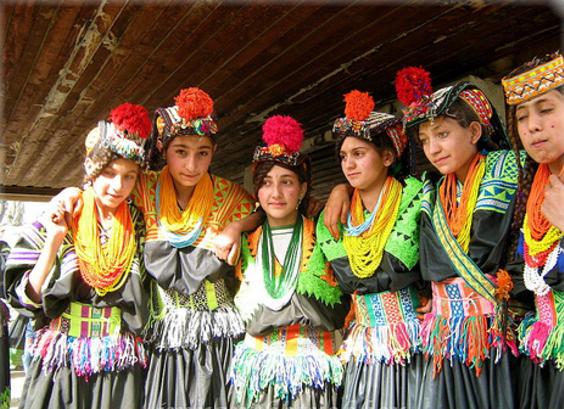Most Ashkenazi Jews are descendants of European women who converted to Judaism, possibly around the time of the early Roman empire, concludes a new genetic study that casts doubt on many prevailing theories about the origins of Ashkenazim.
The study, published Tuesday in the journal Nature Communications, analyzed samples of mitochondrial DNA, which is passed down only from the mother, taken from more than 3,500 people throughout the Near East, the Caucasus and Europe, including Ashkenazi Jews. The researchers found that more than 80 percent of the maternal lineages of Ashkenazi Jews could be traced to indigenous Europeans, with four maternal “founders” responsible for 40 percent. Although Jewish men may have migrated into Europe from Israel around 2,000 years ago, they brought few or no wives with them, according to the researchers, who suggest that the men married and converted European women, first along the Mediterranean and later in western and central Europe.
The study was conducted by Martin Richards of the University of Huddersfield in England, who led a team of researchers from Russia, the Czech Republic, Portugal and the United States. They examined mitochondrial DNA, which is contained in the cytoplasm of the egg. “Like Judaism, mitochondrial DNA is passed along the maternal line,” notes the report.
The finding flies in the face of previous research and the commonly accepted wisdom that European Ashkenazim are descended from ancestral mothers of Jews who left Israel and the Middle East some 2,000 years ago, or in later migrations.
The study suggests instead that large numbers of European women converted to Judaism and points to the European women and the Jewish community of the early Roman Empire as the possible source of the Ashkenazi ancestors.
“These analyses suggest that the first major wave of assimilation probably took place in Mediterranean Europe, most likely in the Italian peninsula, with substantial further assimilation of minor founders in west/central Europe,” the study concluded.
The discovery also tends to debunk the theory that Ashkenazi Jews descend from the North Caucasus during the time of the Khazar empire, whose rulers turned to Judaism around the 10th century CE. The study found no maternal lineages that could be traced to the North Caucasus.
"These results point to a significant role for the conversion of women in the formation of Ashkenazi communities, and provide the foundation for a detailed reconstruction of Ashkenazi genealogical history," states the report.
“Here we show that all four major founders, about 40 percent of Ashkenazi mitochondrial DNA variation, have ancestry in prehistoric Europe, rather than the Near East or Caucasus,” said Richards. “Furthermore, most of the remaining minor founders share a similar deep European ancestry. Thus the great majority of Ashkenazi maternal lineages were not brought from the Levant, as commonly supposed, nor recruited in the Caucasus, as sometimes suggested, but assimilated within Europe."
Many other geneticists have criticized the research questioned the findings. The study is just the latest in a long list of similar research, often with contradictory results, on the question of the origin of Jews in general and Ashkenazi Jews in particular - and whether today's Jews are genetically related.
Such studies have sparked much controversy in recent years since they have political, religious and ideological implications for the Jewish people and their history.
read more:
http://www.haaretz.com/jewish/news/.premium-1.551825





